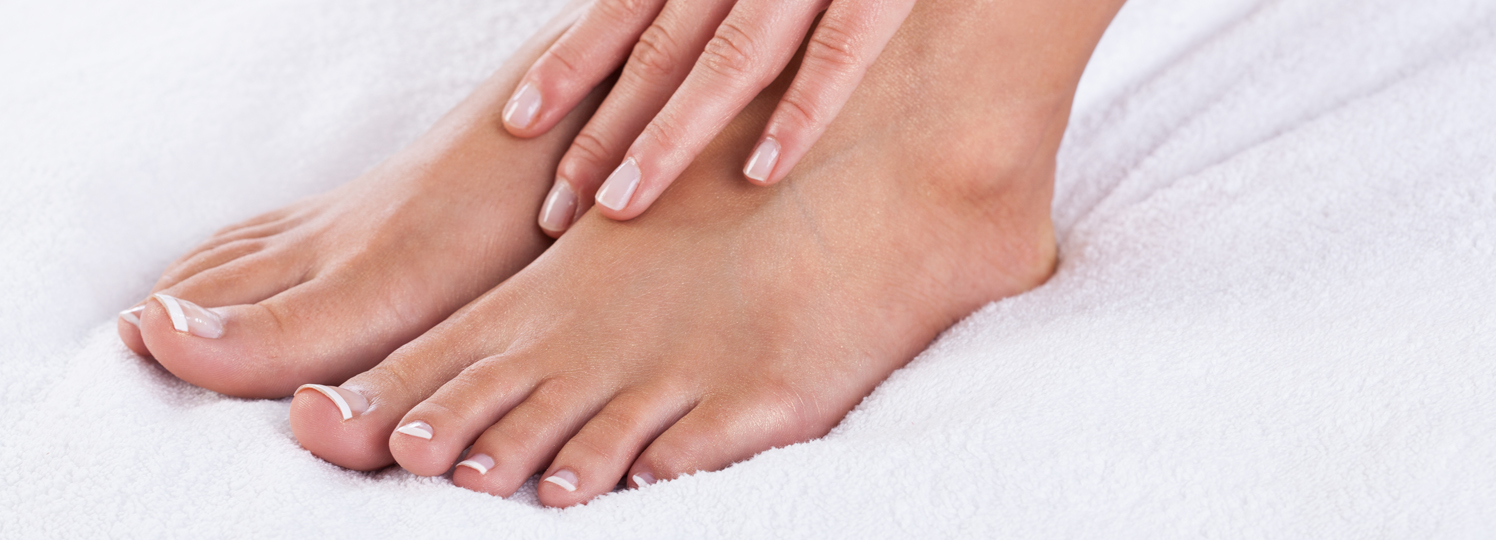

Leg and Foot Care


Leg and Foot Care
Excellent foot care based on high-quality macadamia and jojoba oil; with vitamin E, algae extract (algin) and spruce needle oil.
75 ml Tube
Art.-Nr. 1725
Aqua, Macadamia Ternifolia Seed Oil, Butylene Glycol, Simmondsia Chinensis Oil, Urea, Stearyl Alcohol, Methyl Glucose Sesquistearate, Palmitic Acid (and) Stearic Acid, Polyglyceryl-3 Methylglucose Distearate, Sodium Lactate, D-alpha Tocopheryl Acetate, D-mixed-Tocopherols, Allantoin, Picea Abies Leaf Oil, Xanthan Gum, Limonene
Aqua:
Water. It accounts for around 65% of the weight of the human body and is therefore of fundamental importance for bodily functions, including those of the skin. In many cosmetic products (aqueous solutions, cleansers, emulsions), water is the ingredient with the largest proportion of the formulation in terms of quantity and forms the basis of the aqueous phase in emulsions. Water is a good solvent for polar (hydrophilic) substances such as alcohols, water-soluble vitamins or salts. For use in cosmetic products, the water used is generally pre-treated to remove microorganisms that could lead to spoilage of the product or dissolved salts that may impair the stability of emulsions or gels (sterilization and desalination).
Butylene Glycol:
Solvent with moisturizing effect on the skin, very good compatibility, should be preferred to propylene glycol in products used daily
Simmondsia Chinensis Oil:
Some kind of oil
Urea:
The water-soluble urea is used in numerous cosmetic products. Urea is a component of the natural moisturising factors of the horny layer (content between 7 % and 12 %; up to half lower in chronically dry skin) and has a high water-binding capacity. It contributes to sustained moisturisation of the skin and reduces transepidermal water loss. Urea has a keratoplastic effect, in higher concentrations it has a keratolytic effect and is therefore also used in the care of skin affected by psoriasis or atopic dermatitis (neurodermatitis). Urea is also able to reduce the irritating potential of surfactants.
Stearyl Alcohol:
A body-identical fatty alcohol, occurs as an intermediate product in fat metabolism, also present in small quantities in the epidermis. Provides consistency in emulsions.
Methyl Glucose Sesquistearate:
O/W emulsifier obtained from glucose and fat, very skin-friendly and moisturizing.
Palmitic Acid (and) Stearic Acid:
Mixture of palmitic and stearic acid. Skin-identical lipids; skin-caring and consistency-regulating in cosmetic products.
Polyglyceryl-3 Methylglucose Distearate:
Emulsifier for O/W systems with very good skin compatibility. Obtained from glycerine, sugar and fatty acids.
Sodium Lactate:
Sodium salt of lactic acid: Has a moisturising effect on the skin, with the physiological pH value of the skin averaging 5.5. Important component of the natural moisturising factor (NMF) and the acid mantle of the skin.
D-alpha Tocopheryl Acetate:
Natural vitamin E acetate; storage form in the skin, is converted into the active form by dissolving the acetate bond; antioxidant with skin-protecting properties, e.g. against UV radiation, retains moisture, delays premature skin ageing
D-mixed-Tocopherols:
Is the name of a mixture of natural tocopherols (vitamin E; D-alpha-, beta-, gamma- and delta-tocopherol). Vitamin E is the most important skin protection vitamin, which protects the skin from UV rays and oxygen radicals.
Allantoin:
Allantoin is a body-identical, water-soluble substance and is chemically related to urea. It is found in various plants but is now produced synthetically for use in cosmetics. Its most important property is the stimulation of new cell formation. It promotes collagen formation, skin regeneration and wound healing, stimulates desquamation, smoothes the skin and can have a soothing effect on atopic dermatitis.
Picea Abies Leaf Oil:
Essential spruce needle oil, anti-inflammatory.
Xanthan Gum:
Polysaccharide, natural gelling agent with very good skin-compatible properties, is obtained biotechnologically.
Limonene:
Fragrance, natural component of essential oils.